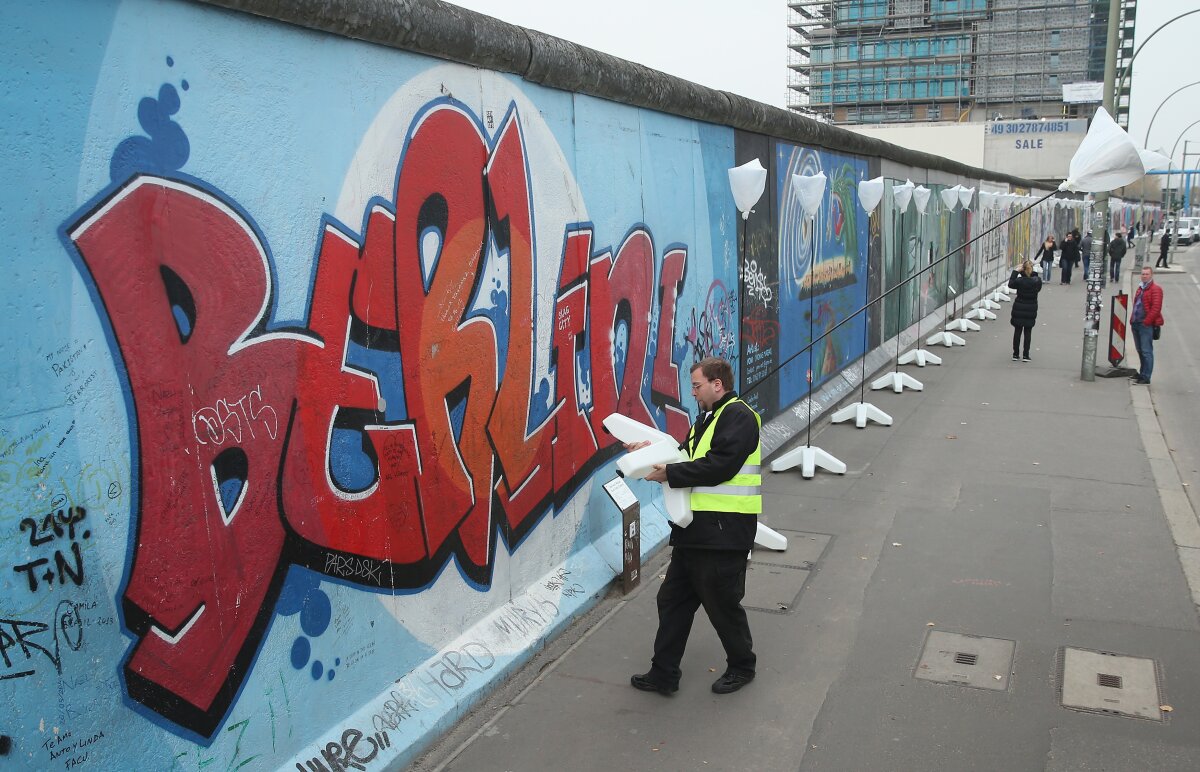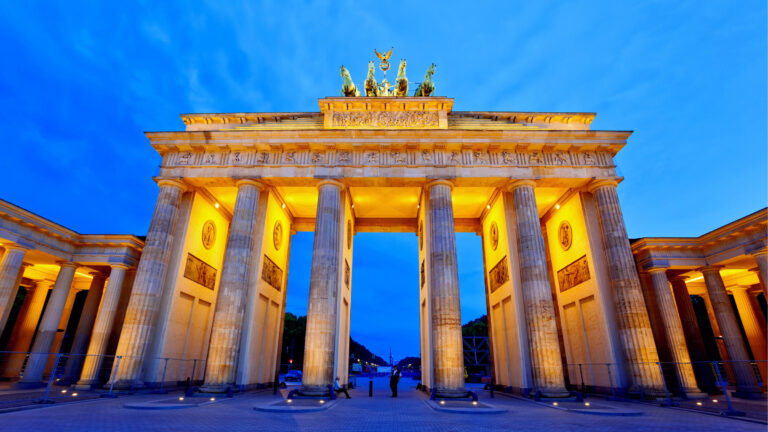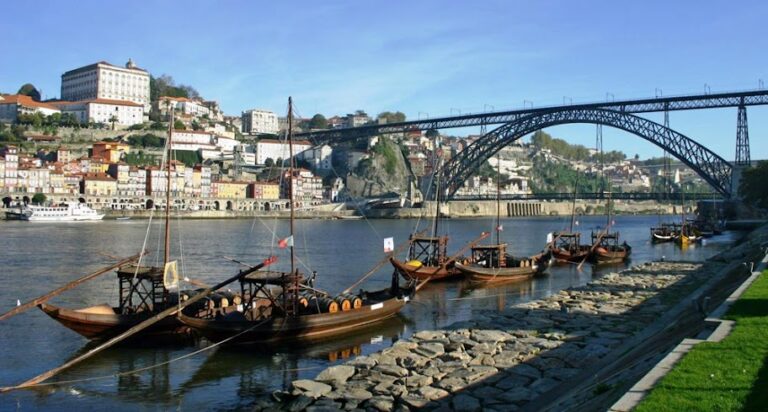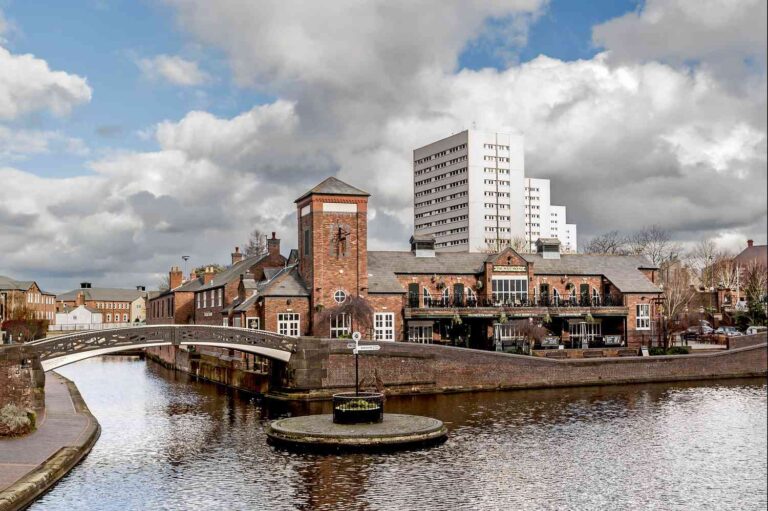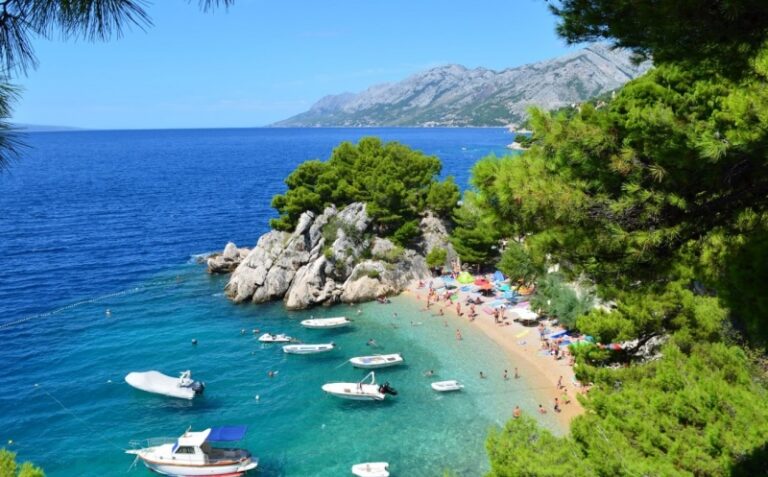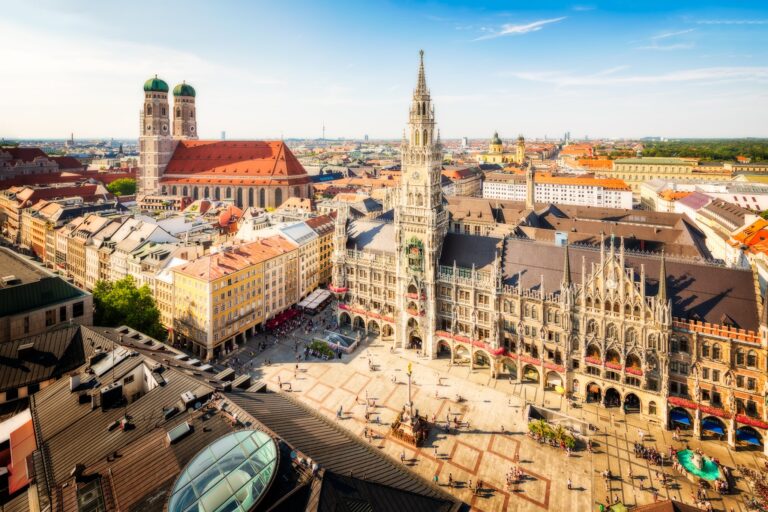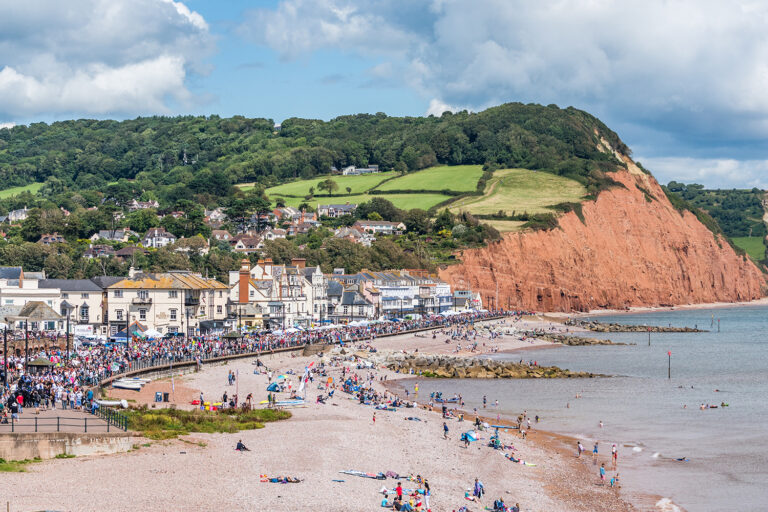Berlin Wall, Germany
Berlin, the capital of Germany, is home to many historic landmarks and cultural sites. One such landmark is the Berlin Wall, which was erected in 1961 to divide the city during the Cold War. Although the Wall was a symbol of division, today it stands as a powerful reminder of the city’s tumultuous past and serves as a tribute to those who fought for freedom and democracy.
The Berlin Wall was a physical barrier that separated East and West Berlin from 1961 until 1989. The Wall was built by the East German government to prevent its citizens from fleeing to the West, where they could enjoy greater freedom and prosperity. Over the years, the Wall became a powerful symbol of the Cold War and the struggle between communist and capitalist ideologies.
Today, the Berlin Wall is one of the most visited landmarks in Germany. Tourists come from all over the world to see the remains of the Wall and to learn about its historical significance. The Wall is a powerful reminder of the city’s past and serves as a symbol of hope and unity for the future.
There are many ways to experience the Berlin Wall. One of the best ways is to take a guided tour, which will provide you with a comprehensive understanding of the Wall’s history and significance. Many tours start at the East Side Gallery, which is the longest remaining section of the Wall. The East Side Gallery is covered in colorful murals and graffiti, which serve as a reminder of the city’s artistic spirit and cultural heritage.
Another popular way to experience the Berlin Wall is to visit the Berlin Wall Memorial, which is located at Bernauer Strasse. The memorial includes a preserved section of the Wall, a documentation center, and a chapel of reconciliation. The documentation center provides a comprehensive overview of the Wall’s history and the events that led to its fall.
The best time to visit the Berlin Wall depends on your personal preferences. If you prefer warm weather and outdoor activities, the summer months (June to August) are the best time to visit. However, keep in mind that this is also the peak tourist season, so expect larger crowds and higher prices. If you prefer cooler weather and fewer tourists, the spring (April to May) and fall (September to October) months are a great time to visit. The winter months (November to March) are the coldest and least popular time to visit, but you can often find great deals on flights and accommodations.
In addition to the Berlin Wall, there are many other interesting locations to visit in Berlin. One such location is the Brandenburg Gate, which is one of the most iconic landmarks in the city. The gate was built in the late 18th century and has served as a symbol of peace and unity ever since. Another popular location is the Reichstag building, which is the seat of the German parliament. The building has a rich history and has undergone several renovations over the years.
If you’re interested in art and culture, be sure to visit the Museum Island, which is home to several world-class museums. The island is located in the heart of Berlin and is easily accessible by public transportation. The Pergamon Museum is one of the most popular museums on the island and is home to a vast collection of ancient artifacts and treasures.
Getting to Berlin is easy, as the city is served by two major airports: Tegel and Schönefeld. Both airports are located within easy reach of the city center and are served by several major airlines. If you prefer to travel by train, Berlin is well-connected to other major cities in Germany and Europe.
The Berlin Wall is a powerful symbol of the city’s past and serves as a reminder of the struggle for freedom and democracy. Visiting the Wall is a must for anyone interested in history and politics, and there are many other interesting locations nearby to explore. From the Brandenburg Gate to the Museum Island, Berlin is a city that offers something for everyone.
